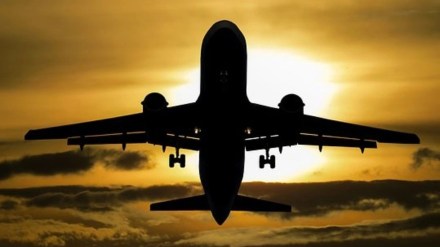The government probably expects the announcement of the fifth phase of its Regional Connectivity Scheme, or RCS (also called Ude Desh ka Aam Nagrik, or Udan) to rekindle optimism about the scheme. Some important changes have been made from the earlier phases to sweeten the deal for airlines. Udan hitherto has been a market-driven scheme; Udan 5.0 introduces the demand-driven mode in which, the airlines bidding under the scheme will be allowed to propose the routes. Put simply, the airlines will be allowed to select the routes they want to bid for. This is significant as airlines will now have more choice in terms of operating in routes that they feel will have high demand. Similarly, the earlier stage length cap of 600 km has been dispensed with and there is no restriction on the distance between the origin and destination of a Udan flight.
Also Read: Ude Desh Ka Aam Nagrik! Udan 5.0 launched with increased govt support to improve connectivity
Hopefully, things should improve. Despite its lofty ambitions, Udan has been waiting to take off even though it is now past the mid-way point of its envisaged 10-year tenure. The strain has been showing for some time. Though over 11.7 million passengers have benefited from low-cost air travel to/from under-served and unserved airports since the scheme was announced in 2016, the number is less than 10% of those who took domestic flights in 2022. The government told the Lok Sabha in March this year that, of the 1,152 valid routes awarded so far, only 474 are operational. Not just that, many routes have registered zero passenger over entire months, as per an analysis of government data.
Indeed, with the three-year benefit period for routes awarded in the first and the second phases having ended, passenger volume on a large number of these routes has thinned significantly.
The scheme was supposed to kickstart a viable business model for smaller airlines, with viability gap funding and other support such as tax concessions. The problem is there is hardly any visibility on the business model and profitability once the benefit-period gets over.
Also Read: States offer to underwrite flight seats under Udan scheme
Smaller airlines, with smaller wallets, have not been able to take wings. Drop-offs on Udan routes seem to afflict all airlines, though larger carriers have performed better here. While deep but limited-period support from the government does help, sustainability is still under a cloud. Improved network of wide multi-lane national highways, which has dramatically shortened travel time, could also be the reason behind the reluctance of airlines to bid for routes under the Udan scheme.The bigger challenge is improving the financial health of domestic airlines in a high-cost environment. Airlines registered huge losses of Rs 17,500 crore last fiscal as they have no control over costly aviation turbine fuel which accounts for one-third of operating costs. Moreover, when they lease aircraft, they pay rentals in costly US dollars while revenues are in depreciating rupees. Operational issues such as delayed permits, scarcity of suitable aircraft, leasing issues, etc, exacerbate woes.
It is hardly surprising then that many Udan routes are stillborn—Bihar, for instance, was keen to connect Begusarai and Birpur airstrip situated in Supaul district under Udan but no airline submitted bids. The need is to sweeten the deal even further—perhaps beyond Udan 5.0’s provisions. States must play a larger role here. Karnataka’s reported assurance to carriers on underwriting some seats for a period of time offers a cue. Else, Udan, though well-intended, would wait to take off even in 2026.
